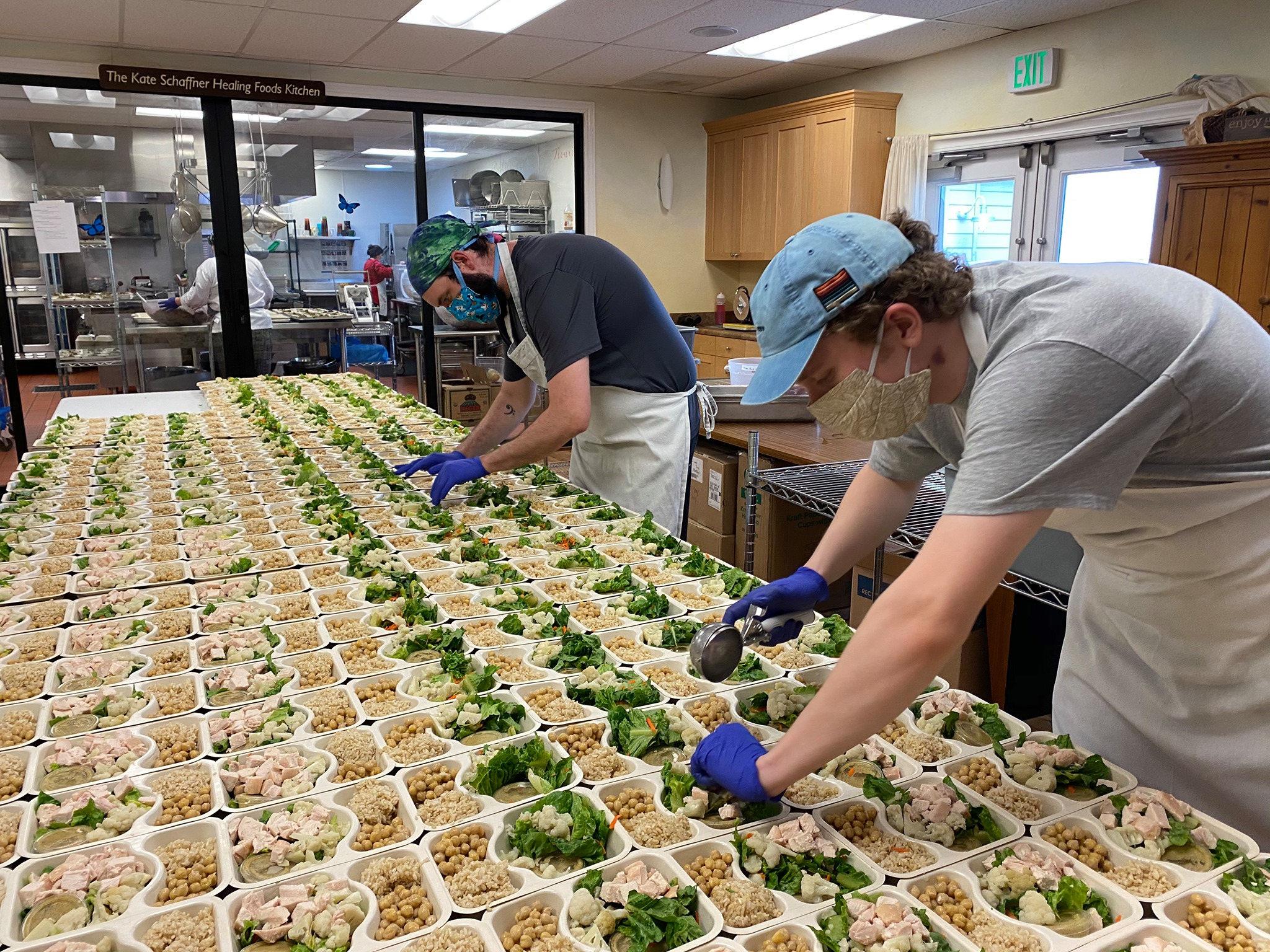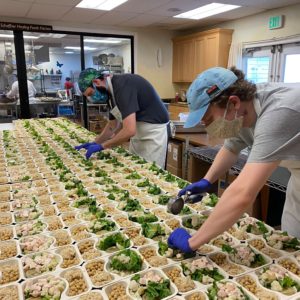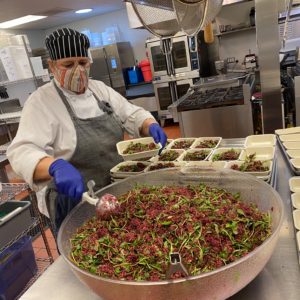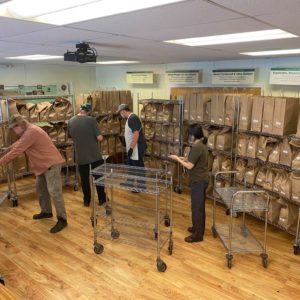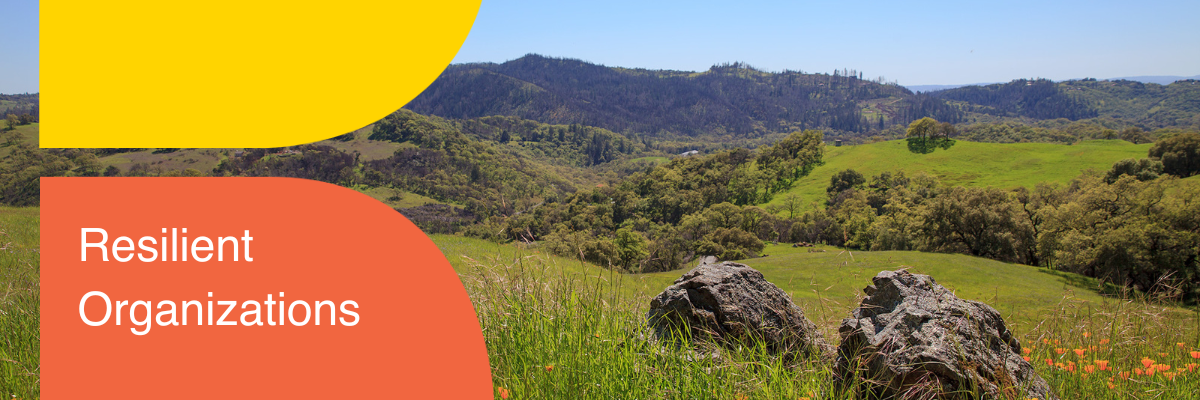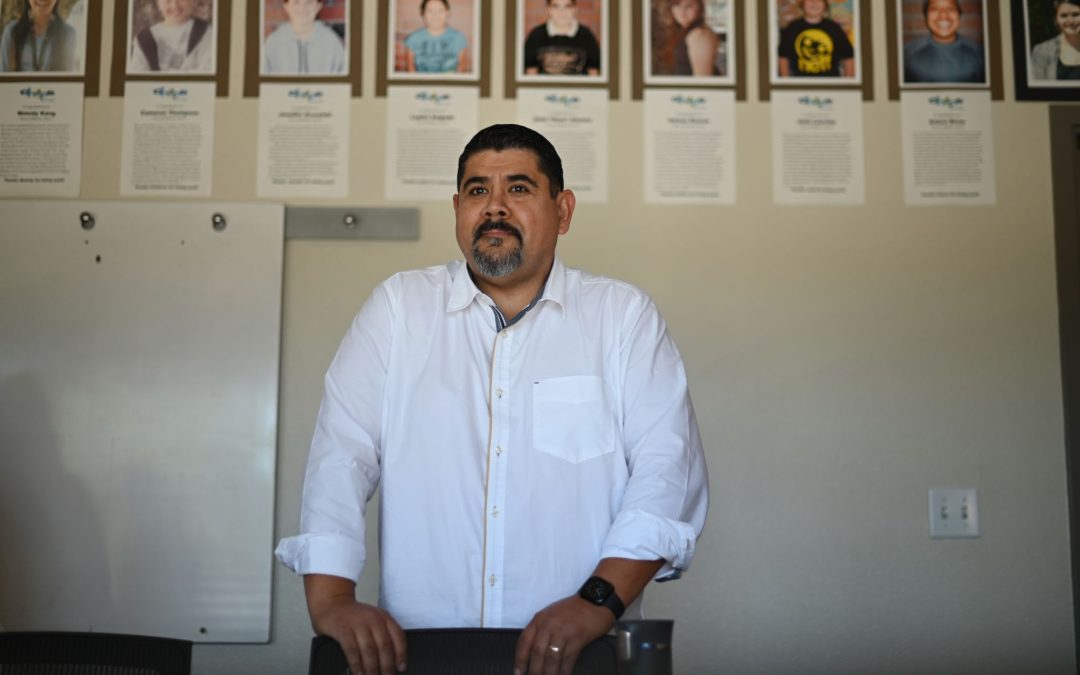In ancient Rome, Ceres was the goddess of agriculture and offered blessings to farmers and their annual harvests, ensuring communities had enough to eat. Today in Sonoma County, Ceres Community Project is known for something similar: blessing those in need with hearty and healthy meal deliveries.
Ceres Community Project was founded in 2007 by CEO Cathryn Couch to prepare and deliver delicious meals like rosemary salmon, North African vegetable stew, kale salads and more once a week to clients battling cancer and other major illnesses.
The project, which supports lower income people in an acute health crisis, grew to provide up to 185 people roughly 1,600 meals per week until just before the coronavirus spurred shelter in place orders in March.
- Ceres Community Project
- Ceres Community Project
- Ceres Community Project
As soon as COVID hit the U.S., Ceres began screening clients for food insecurity and soon realized they’d need to ramp up their efforts. Since mid-May Ceres has grown rapidly to include over 400 clients and 5,300 meals served each week.
“We basically said to the team, “If our clients are food insecure and now they can’t leave their house, we have to give them more than seven meals a week.” So we went back and we talked to every client who screened positive for food insecurity and we offered them either 14 meals a week or seven meals a week, plus a grocery bag of easy to prepare organic items,” she says.
Additionally, Ceres took on about 80 In-Home Supportive Services (IHSS) clients for Sonoma County. Couch says as of mid-July Ceres continues serving 18 of those clients, who each receive 21 meals a week. Several COVID-19 patients have also received meals.
With the primary commercial kitchen space in Sebastopol, the project has sites in Santa Rosa and San Rafael, and organic gardens in Santa Rosa and Sebastopol. Before shelter in place, Ceres relied heavily on volunteers to help trained chefs prepare food and to deliver meals. Many of those volunteers were retirees over the age of 60.
“As soon as the shelter in place order went into effect, around 75% of our adult volunteers canceled their shifts in that first week,” says Couch.
At the same time the kitchen, which often had up to 18 people busily preparing meals, downsized volunteer numbers to no more than 10 people in the kitchen at a time. Both the Santa Rosa and San Rafael sites were temporarily closed and all operations were consolidated at the Sebastopol site as the number of referrals to their program skyrocketed.
“We started getting all of these calls, either from health centers or from the individuals themselves, or from family members with people who were poor, living alone with no support, and had chronic illness,” says Couch. “We doubled the number of people that we’re serving at the very lowest income levels.”
Ceres offers free or sliding scale payments for meals for twelve weeks or longer, depending on circumstances and income eligibility and Couch says that since the COVID-19 crisis began, they are serving more low-income clients than ever. In fact, she says they’ve doubled the number of people they’re serving at the very lowest income levels.
They are also seeing five times as many monolingual Spanish-speaking clients, a local population that has been hit hard with both high incidences of COVID-19 infections and job loss.
Looking at the new physical distancing requirements and the vulnerability of their clients, the team at Ceres moved fast. Within days, a new system was implemented to meet the growing demand for meals. This included having volunteers only doing deliveries, and relying on a newly hired staff to prepare meals instead of relying on volunteers.
“We ended up hiring 22 people in 10 temporary positions,” says Couch. “It was really, really intense.”
Ceres created two teams of professional chefs. One team works mornings until early afternoon, the other works afternoons into early evening, to ensure they will at least have one team available if someone on one team gets ill and the whole group needs to quarantine.
“We made some radical changes in the way that we were operating,” says Couch. “And I just give our team huge kudos because everybody was on board. Everybody was like, “Absolutely, we have to do this. Let’s figure it out”,” says Couch.
With the surge in clients and the funds used to hire more staff, Couch estimates that COVID will put a $800,000 dent in the Ceres budget this year alone. This large blow to their budget has been softened by donors who have made grants through their donor-advised funds at Community Foundation Sonoma County.
Still, Ceres expects staff costs to increase. And Couch doesn’t assume that the need for meals will return to what it was pre-COVID.
“We deal with medically compromised, low income people who are mostly living alone without support. Without a vaccine in widespread use, nothing has changed for them. It is no more safe for them to go out of their house now than it was mid-March or mid-April or mid-May,” says Couch. “So nothing has changed on the demand side for our patients and they mostly don’t have the ability to prepare a healthy meal.”
Looking forward, Couch says the organization continues to adapt. Until a vaccine is in widespread use, they will maintain remote work, physical distancing at work, and masks.
“The reality has sunk in that this is not just a marathon of 90 days, but a marathon for 18 months or 24 months,” says Couch. “There’s just so much uncertainty. There’s uncertainty about demand, there’s uncertainty about COVID, there’s huge uncertainty about giving. I think that’s the marathon we’re really sitting with now.”
Ceres has transitioned their annual fundraising event, Harvest of the Heart to an online format, with a virtual event taking place on September 12 from 7:00- 7:30 pm. For more information about the event, please click here.
Story by Dani Burlison, photos courtesy of Ceres.

